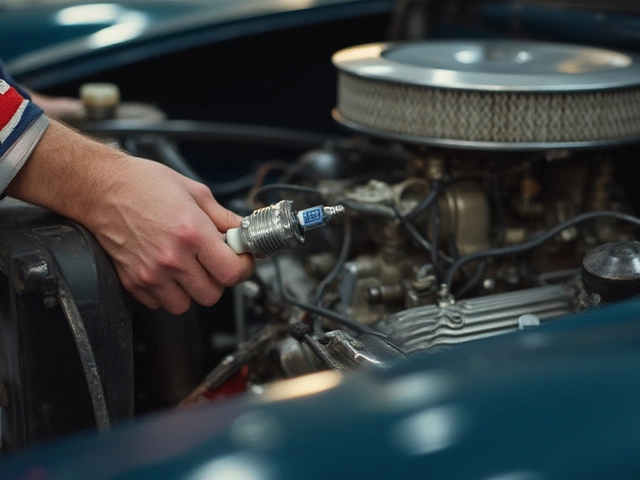Suspension Lifespan: What to Expect and How to Keep It Going
If you’ve ever felt a wobble after hitting a pothole, you’ve probably wondered how long your suspension should last. The truth is, suspension components don’t have a one‑size‑fits‑all lifespan. Things like driving style, road conditions, and vehicle load all play a role. Knowing the usual wear patterns helps you spot trouble early and avoid costly repairs.
Most manufacturers rate shock absorbers and struts for about 80,000 to 100,000 miles. Springs can survive a bit longer, often past 150,000 miles, but they’re still vulnerable to rust and fatigue. Bushings, ball joints, and tie‑rod ends usually need checking around every 30,000 miles. If you regularly drive on rough roads or carry heavy loads, expect these numbers to drop.
What Affects Suspension Lifespan?
Rough roads are the biggest enemy. Constant hitting of potholes, speed bumps, and uneven pavement forces the shocks and springs to work harder, accelerating wear. Heavy towing or consistently loading your car with extra weight compresses the springs and puts extra stress on the dampers.
Driving habits matter too. Fast cornering, abrupt braking, and frequent off‑road trips can heat up the fluid inside shock absorbers, breaking down seals faster. On the other hand, gentle driving and regular maintenance can stretch the life of every component.
Climate plays a subtle role. In salty winter regions, rust can corrode suspension parts, especially lower control arms and bushings. In hot, dry areas, rubber bushings may dry out and crack sooner. Keeping your car clean and under a cover can slow down corrosion.
When to Replace Your Suspension
If you notice any of these signs, it’s time for a check‑up: a persistent clunk when you go over bumps, uneven tyre wear, the car leaning to one side, or a noticeably softer ride. A bent suspension, as discussed in our "Can You Drive With a Bent Suspension?" article, is a red flag – driving with it can damage other components and hurt handling.
Bad suspension shocks show up as excessive bouncing after braking or a feeling of the car rolling too much in turns. Our guide on "How to Spot Bad Suspension Shocks" breaks down the symptoms in detail. Replacing worn shocks restores stability and reduces tyre wear.
Never ignore a leaking fluid from a shock absorber. That’s a clear sign the damper is failing and should be swapped out immediately. Similarly, cracked or corroded springs should be replaced to keep the ride level and safe.
Regular inspections are your best defense. Have a mechanic check the suspension during every service, especially if you hit a big pothole. A quick visual look can catch a bent control arm or a loose bushing before it becomes a safety issue.
Maintaining your suspension isn’t just about comfort – it affects steering, braking, and overall vehicle safety. By keeping an eye on mileage, road conditions, and the warning signs listed above, you can stretch the life of your suspension and avoid surprise breakdowns.
Got more questions about specific parts? Browse our articles on "Suspension Damage" and "Fix Suspension" for step‑by‑step advice on diagnosing and repairing common issues. Your car will thank you with a smoother, safer ride.
 10 April 2025
10 April 2025
How Long Should Your Car's Front Suspension Last?
Bent on ensuring your car's front suspension is in tip-top shape? Discover how long it typically lasts, along with practical tips to maintain it. From understanding wear and tear to exploring maintenance hacks, this article offers a no-nonsense look at keeping your ride smooth and safe. Avoid unexpected repairs and know what signs indicate it's time to replace those suspension parts.
Latest Posts
-

Essential Signs Your Car Is Running Low on Engine Oil
-

Unlocking the Secrets of Air Filters: Why They're More Important Than You Think
-

Choosing the Best Windshield Wipers: A Guide for Car Owners
-

Do Spark Plugs Really Improve Engine Performance? Complete Guide
-

Fuel Pump Failure: What Happens to Your Car and How to Spot It

0